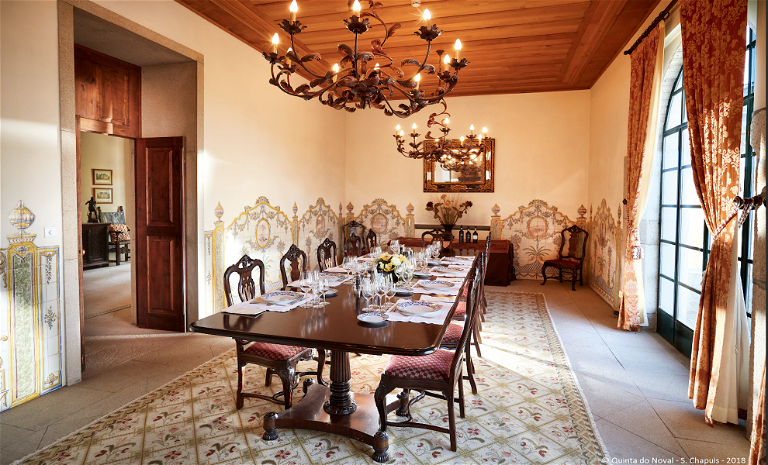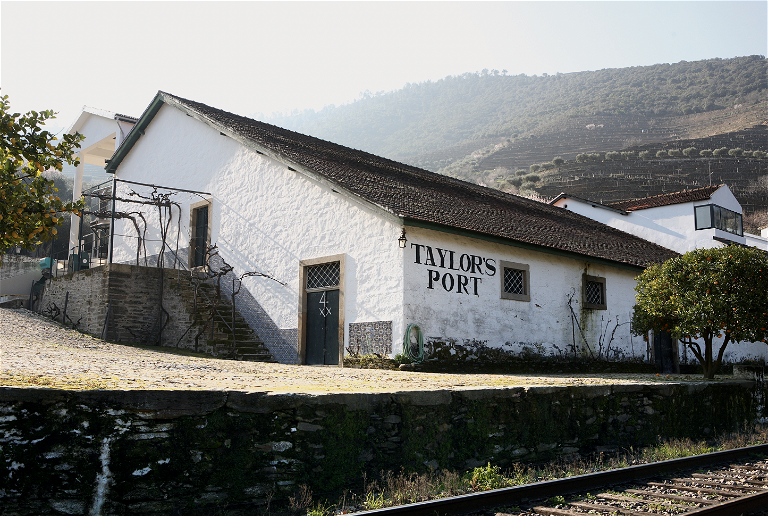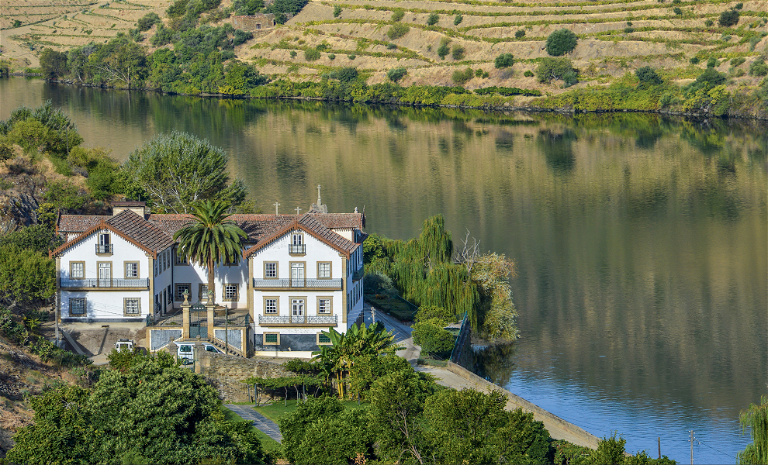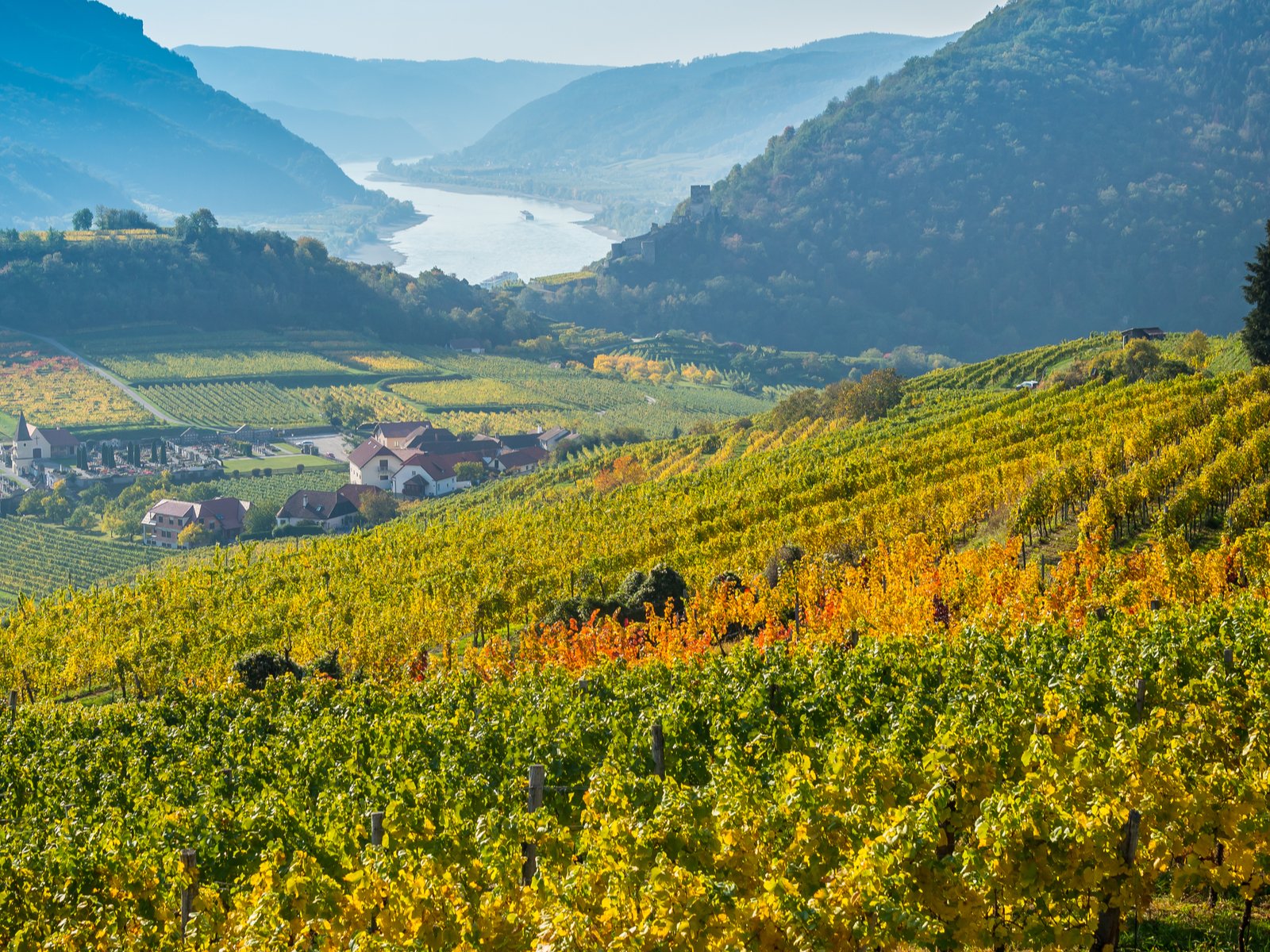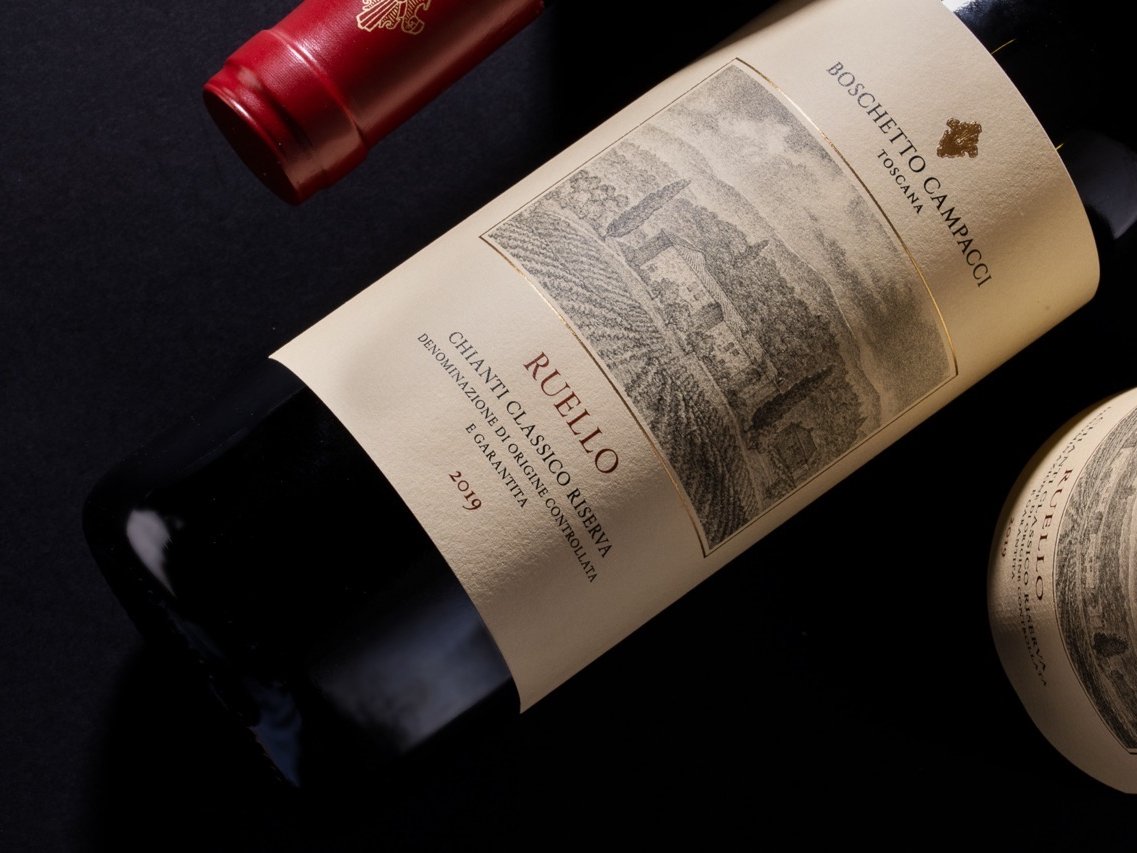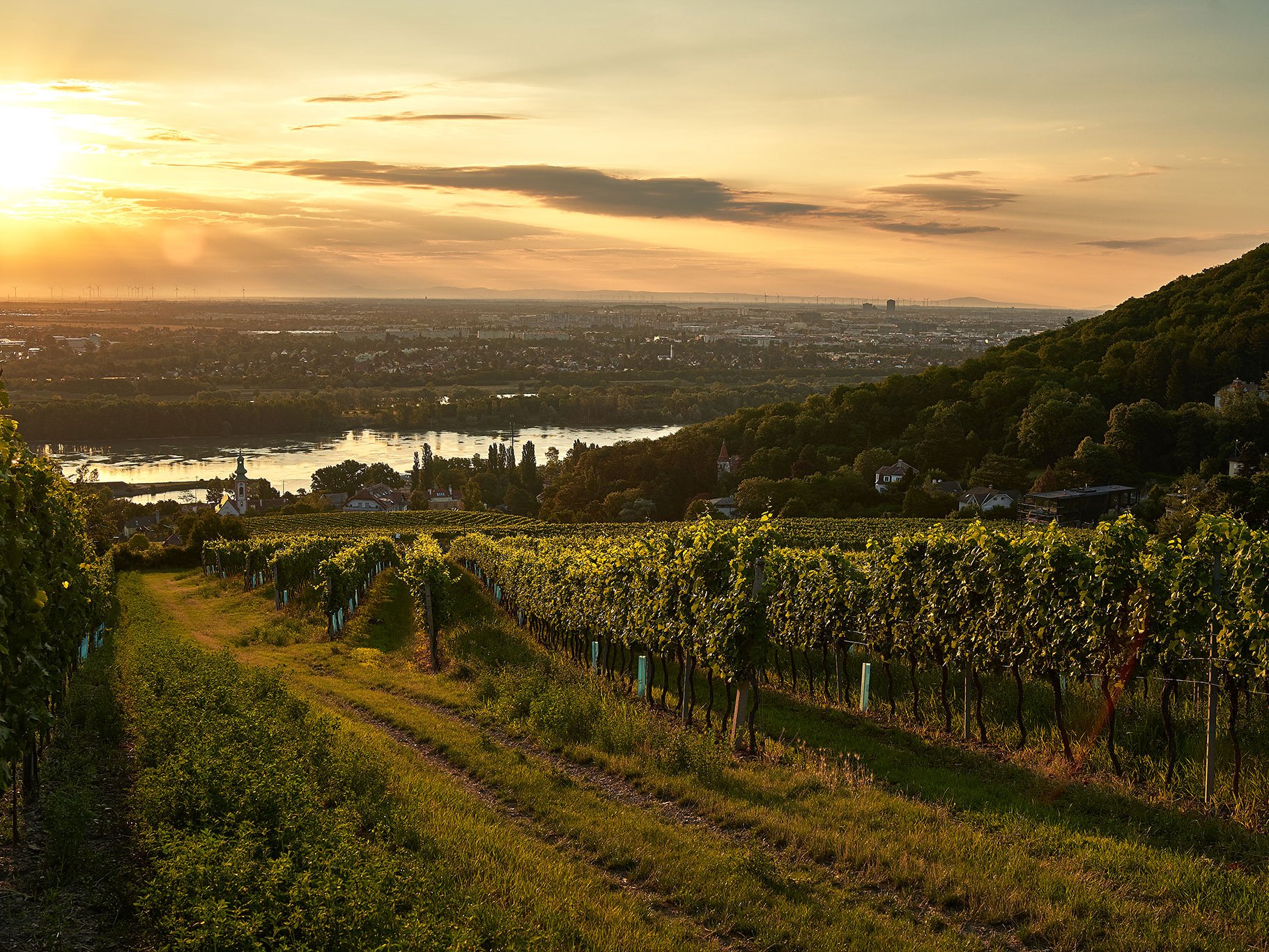Single Quinta Ports: Anything but Classic
Port, the sweet, fortified wine from the Douro Valley, is usually blended from various grape varieties and vineyards. But these blends have a localised counterpart: Single Quinta Vintage Ports.
Classic Vintage Ports are blends: of different grape varieties on the one hand and from several estates, or quintas, on the other. These quintas stand for the special components they typically add to the final Port blend: the wine of one quinta may provide aroma, another tannic backbone, yet another may bring elegance. These various but clearly defined components achieve the recognisable house style of the various big Port shippers: Taylor’s, Fonseca, Graham’s and so on.
Vintage Ports are only made in great years and houses can individually declare a vintage, rather than the region as a whole. In years that are very good but not quite sublime enough for vintage Port, houses can make a vintage-dated Port from a single estate, known as Single Quinta Vintage Ports – these tell us more about place and vintage than about house style and vintage.
These Single Quinta Vintage Ports had a revival in the late 1980s. The so-called Carnation Revolution of 1974 ended dictatorship in Portugal, paved the way for democracy and rang in a new entrepreneurial spirit. When Quinta do Infantado declared a Vintage Port in 1978, bottled and stored at the winery directly in the Douro growing region, it was celebrated as a new Single Quinta Vintage Port – but it was in fact the renaissance of an old practice. A guideline dating back to 1926 demanded that all Port be shipped from the mountainous inland growing regions of Lower Corgo, Upper Corgo and Upper Douro for ageing in the Port lodges of Vila Nova de Gaia, the city downstream where the Douro runs into the Atlantic. When this obligatory storage was finally abandoned, Vintage Ports soon shot out of the ubiquitous slate soils, produced solely from a single estate and made exclusively from the grapes of that quinta. Among the pioneers were Quinta do Crasto with 1978 and 1982, Quinta da Romaneira with 1986, 1988 from Quinta de la Rosa, and 1989 Quinta do Cõtto. This emergence was a game-changer in the late 1980s – adding a site-specific vintage wine to the great Vintage Port blends. Single Quinta Vintage Ports thus offer a portrait of a vintage and of a particular estate. Here are portraits of some of the best.
Quinta do Noval
This quinta, a jewel among Vintage Ports, is the exception that proves the rule. Its wines, first produced in 1715, have been famed for centuries and its Vintage Port is created exclusively from the vineyards of Quinta do Noval – rather than from vineyards across the region. In the best years, Noval also produces strictly limited quantities of the legendary Quinta do Noval Nacional, a Vintage Port made from a single parcel of ungrafted vines in the Nacional vineyard on the estate. 39 vintages including the current 2019 vintage have been produced since 1931, and although not a classic Vintage Port nor a Single Quinta Port, but rather a Single Vineyard Vintage Port, it is the most expensive wine of its kind. Quinta do Noval is characterised by intensity and impeccable balance.
Taylor's Quinta de Vargellas
As early as the 1820s, Quinta de Vargellas was appreciated as the origin of some of the best Port grapes. Originally, Vargellas consisted of three parts with different owners, but Taylor’s managed to purchase and unite the estate in the late 19th century since when the quinta has formed an essential part of the legendary Taylor’s Vintage Port. In years when Taylor’s does not declare a vintage, Quinta de Vargellas may be made as a Single Quinta Port. Since 1895, this has been the case over forty times. This has led to Vargellas being mistakenly regarded by many a Port novice as a kind of second wine to Taylor’s. In truth, due to its outstanding terroir, this Single Quinta Port is more than a match for most Vintage Ports. Quinta de Vargellas is characterised by concentration, intensity and ageworthiness.
Graham’s Quinta dos Malvedos
The magnificent Quinta dos Malvedos estate with its 160 hectares/395 acres of vineyards has been owned by Graham’s and the Symington family since 1890. Its name refers to the dangerous rapids of the Douro river called os Malvedos. The vineyard is located in the transition zone between the Cima Corgo and Upper from slightly more rainfall as well as more sunshine. The quinta has an unusually high percentage of terraced vineyards, supported by drystone walls dating from the 18th century. It is from here that one of the most precious wines of Graham's is produced: Stone Terraces Vintage Port. It is strictly limited to a few thousand bottles being only the best that Quinta dos Malvedos has to offer. Quinta dos Malvedos is characterised by firm but velvety tannins.
Symington’s Quinta do Vesúvio
When the Symington family, owners of the brands Dow’s, Graham’s and Warre’s, among others, was able to purchase Quinta do Vesúvio, a true jewel on the shores of the Douro River in the Upper Douro in 1989, they decided not to merge the wines of this gem with one of the house brands, but to maintain and even further sharpen its independence. Quinta do Vesúvio quickly developed into a leading Single Quinta Vintage Port, aiming to produce a wine almost every year. They have managed to do this except for the really difficult years 1993, 2002, 2010 and 2014. But there is even further definition with a wine made from a single parcel of vines. Capela da Quinta do Vesúvio is made from grapes grown on a small plot not far from the estate, planted to Port’s most important grape variety, Touriga Nacional – along with some Alicante Bouschet, Touriga Franca and Sousão. The wine made its debut in 2007 and is only made in outstanding years; 2011, 2016 and 2017. Quinta dos Vesúvio is characterised by intense notes of cassis, berry and chocolate.
Sandeman’s Quinta do Vau and Quinta do Seixo
The House of Sandeman, founded in 1790 by George Sandeman, is a world-renowned name in the world of fortified wines, the silhouette of the “Dón” being its trademark. Despite its considerable size, the company has managed to succeed with its premium Vintage Ports. With Quinta do Vau, Sandeman acquired its first site for the production of a Single Quinta Port in 1988 and Vau stands for a modern style. In 2001, the Sandeman house was again taken over and now forms part of the Sogrape group. Thus Sandeman can now offer a single vintage port from the Quinta do Seixo in Valença do Douro with its wonderful view of the confluence of the Rio Torto and the Douro. With the 2017 vintage of Quinta do Seixo, Sandeman returned to the circle of the best producers of Single Quinta Vintage Port. Quinta do Seixo is characterised by the particular aromatic complexity of a field blend of 100-year-old vines.
Bergqvist’s Quinta de la Rosa
Tim Bergqvist spent part of his childhood before World War II at Quinta de la Rosa, not far from Pinhão and inherited this estate from his mother in 1972. Until the early 1980s, the vineyards were cultivated by Sandeman, then Bergqvist decided together with his daughter Sophia to restore the estate and to make the wine himself. In 1988 he finally released his first Single Quinta Port under the name of Quinta de la Rosa. It is characterised by florality and savouriness.

